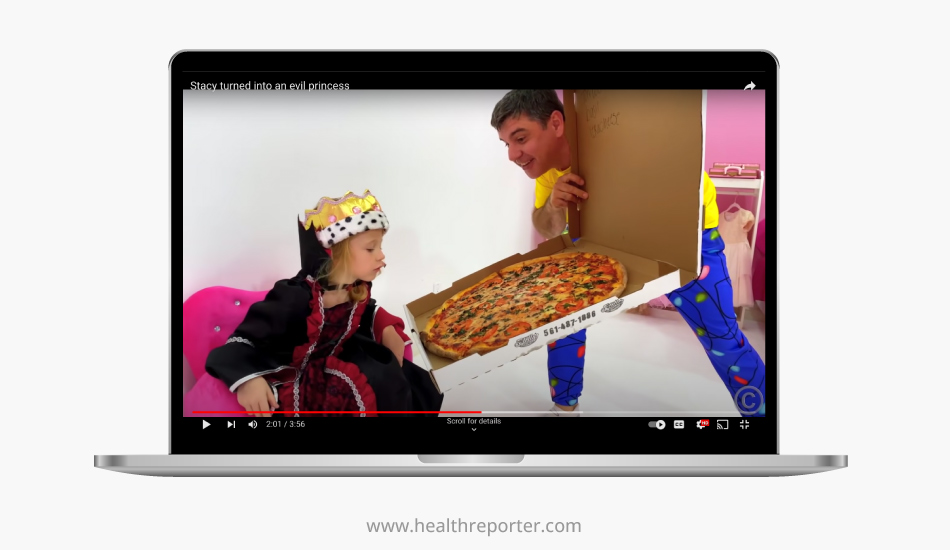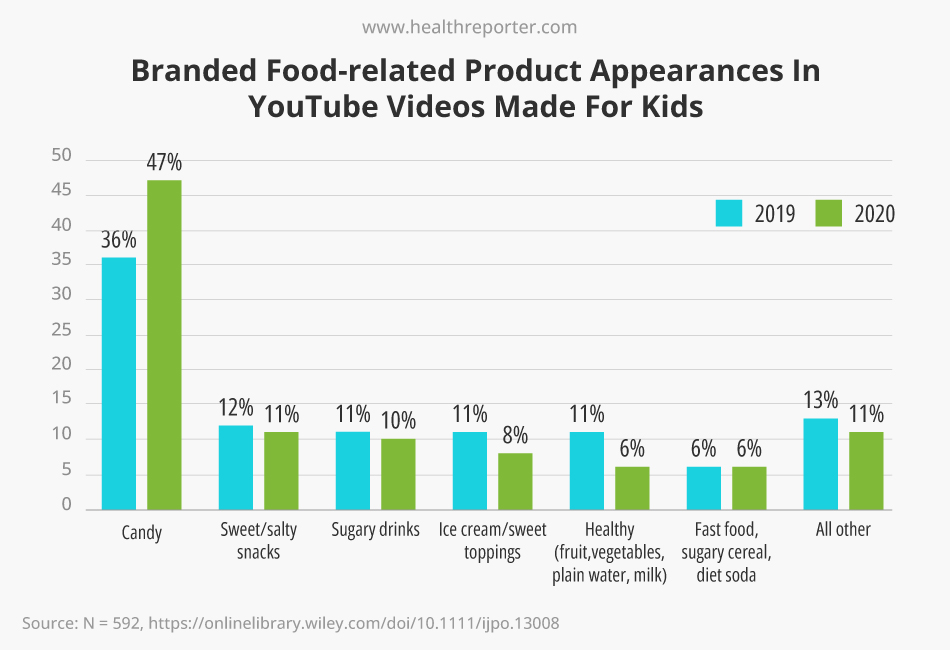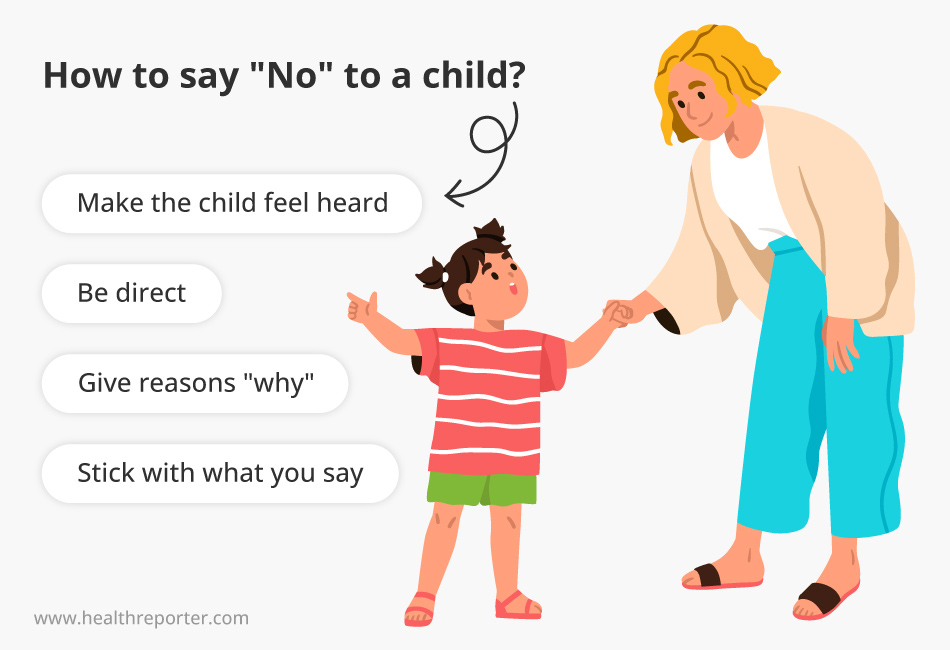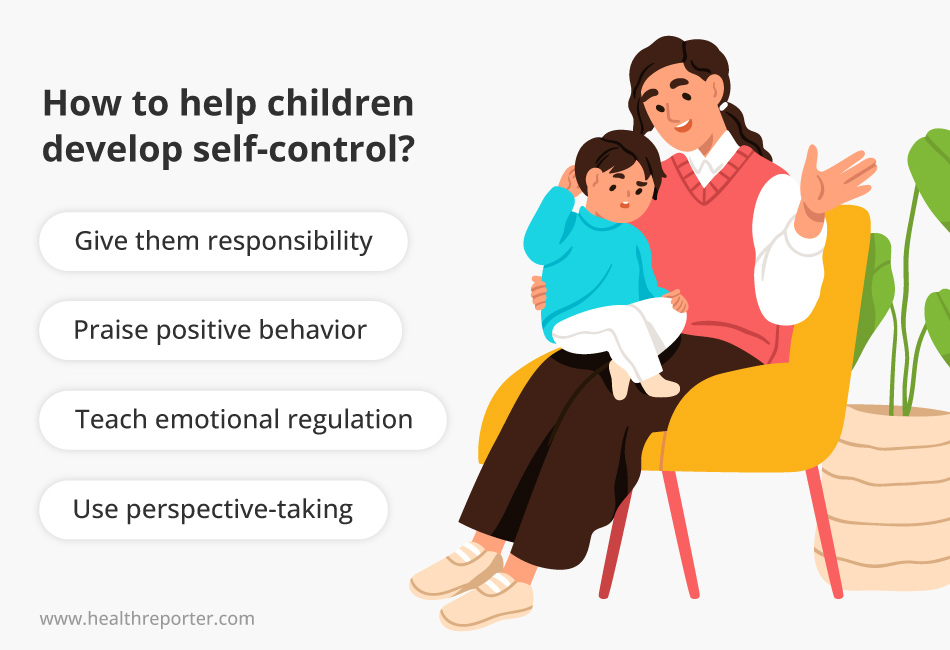Saying No to Pester Power: The Ultimate Guide to Resisting Your Kids' Temptations
In this article, we will explore the concept of pester power and offer practical ways to set boundaries with your child. In addition, we will discuss how children change their parents’ shopping behavior and how to effectively manage these changes.

Children have always been a prime target for advertisers. While we are all familiar with placing products on lower shelves and children’s shampoos with superheroes, marketers are now shifting their attention to YouTube and TikTok.
“Kidfluencers” have millions of followers, most of whom are children. However, a recent study found that children’s content often exposes young viewers to junk food like candy, salty snacks, and sugary drinks.1
When kids see their favorite celebrity endorsing a particular product, they usually want it. This often results in them persuading their parents to buy those products – psychologists call this effect pester power.
What is the best way to say no to a child? What are some strategies for setting and keeping boundaries with children? How do you encourage children to develop self-control and empathy so that they are less likely to use pester power?
In this article, we will answer these questions, explore the concept of pester power, and offer psychological advice on how to deal with it effectively.
We will also discover the psychology of shopping and why children change the shopping behavior of entire families.
How Has Our Shopping Psychology Changed?
The way we approach shopping has changed in the last hundred years.
Before the 20th century, economic psychology assumed that individuals were rational and logical in their spending habits.2
This theory was later challenged by Gerber Simon, an American sociologist, who introduced the concept of “bounded rationality.”3 This means that people find it difficult to make rational decisions because of psycho-emotional triggers.
Pester power is one such trigger that can influence consumer behavior. When a beloved child insists that parents buy a product, it is difficult to refuse. This is because our conscious consumption is limited by the emotional factors that influence our decisions.
Simon’s model has been a major force in research, even winning a Nobel Prize. Based on his findings, children demonstrate the impact of emotions on purchase decisions.
Statistics confirm this. The shopping baskets of a young family with no children and a married couple with children are strikingly different.4 Studies show that children influence more than 70% of their parents’ fast food and clothing purchases.5

The difference lies not only in the need for children’s goods but also in the level of irrationality of the parents.
Pester Power and YouTubers: A Closer Look
The most profitable group for marketers is children. Although children do not have their own money, they directly influence their parents’ purchases.
This is called pester power, the ability of children to influence the consumer behavior of their parents. Each of us has witnessed the hysterics of a child in a store and heard the loud cries of “I want it.” It is a shining example of pester power.
The tendency to use pester power begins in children between the ages of 3–6. At this age, children can already:
- Move between counters independently and grab anything that can be bought
- Beg their parents
- Watch and perceive advertising from digital devices
Unlike in the past, when children were expected to be content with whatever they were given, parents now take their children’s demands more seriously.6 They may encourage and condone their children’s pestering behavior because they are not involved in their children’s lives.7
Children are also better informed today, which has caught the attention of agencies around the world.
How YouTube influencers affect children’s eating habits
Social networks are evolving into platforms for advertising and selling goods, with so-called “children’s content” becoming increasingly common. According to research, the most “profitable” YouTube channels are vlogs aimed at a younger audience.8
Such blogs and channels are designed for children of primary and preschool age. The creators of these channels skillfully integrate advertising in a playful way.

One study analyzed the videos of 5 YouTube influencers with the most views, who were between the ages of 3–14. The researchers tried to find out how often they were playing with toys or promoting some kind of food.9
Of the 418 videos, about 179 were about different foods or beverages, and 90% were about junk food, such as fast food. The videos themselves have been viewed over a billion times.
According to another new study, YouTube influencers are promoting unhealthy junk food to kids, making them more likely to consume unhealthy snacks and fast food.10 Many popular YouTube channels that appeal to young viewers include ads for high-calorie, low-nutrient meals.

This raises concerns among health experts about the role of YouTube influencers in promoting harmful foods to children. Health Reporter expert Rosmy Barrios claims that indulging in fast food can lead to health problems such as:
- Overweight and obesity
- Endocrine system disorders
- Increased risk of developing cancer
- Digestive system issues
- Pancreas, liver, and kidney diseases
- Cardiovascular diseases
Kids who see fast food advertised in their favorite YouTuber’s videos are tempted to convince their parents to buy it. But how can parents respond effectively? We asked our team of experts for their advice.
Expert Advice on Parenting With Confidence and Empowering Your Child
To figure out how to properly deal with pester power, we consulted with David Tzall, a licensed psychologist practicing in Brooklyn, NY.
– Dr. Tzall, what is the best way to say no to a child?
– The best way to handle any problem with a child, especially saying no, is to be direct. A child may not like the answer, but they will understand and know what no means.
Children don’t do well with mixed signals, and sending mixed messages is ineffective for a child’s learning. Consistency is essential, and the more you say what you mean and stick to it, the more the child will not be inappropriately reinforced to keep asking.
It is also best to validate their request, what they want, and how important it is to them. Doing all this doesn’t mean you are giving in and buying it, but the child needs to feel heard.
In addition, it is important to explain why the parent is not buying the product. The child will internalize that there are reasons why they can’t always get what they want and not tie it to the feelings of others.

– How do you tell the difference between pester power and genuine requests from a child?
– The best way to tell is to assess the child’s needs or wants. A “pestering question” is a genuine request to the child, so there is no difference in their minds.
It is up to the adult to decide the request, not the child. The child is likely to lack the mental and emotional capacity and language to make the distinction.
– What are some strategies for setting and maintaining boundaries with children?
– Consistency is important because children learn best with clear direction. Boundaries need to be specific as this sets expectations. It helps children understand what acceptable and unacceptable requests are.
“Laying down the law” with children is never enough. Communicating with them and explaining the reasons for rules and limits encourages open dialogue and exploration.
Also, age-appropriate boundaries are always best. This approach involves understanding your child’s developmental stage and setting limits that are appropriate for his or her age and maturity. Younger children may need more physical limits, while older children may need more emotional and social limits.
Children learn by example, so it is best for parents to model the behavior they want to see in their children. If you want your children to respect boundaries, make sure you respect their boundaries just as well.

– Are there any long-term consequences of giving in to pester power that parents and caregivers should be aware of?
– The best thing about improper behavior is that what’s learned can always be unlearned. Bad habits never have to be permanent, and the consequences can be changed based on the needs of parents and children.
If children learn that they can get what they want by throwing tantrums or demanding things, they may develop a sense of helplessness and be unable to deal with frustration or disappointment in the future.
Besides, giving in to pester power can develop a sense of entitlement and that children deserve everything they ask for without having to work for it.
In this case, kids struggle with authority figures. Parents may be seen as unfair and mean, and the child may generalize this belief to anyone he or she perceives as having power or control over him or her.
– How can parents and caregivers encourage children to develop self-control and empathy so that they are less likely to use pester power in the first place?
– The more responsibility and independence parents can give their children, the better for their emotional maturity. Rather than holding back and believing that children are not ready, allowing them to rise to the occasion can help develop their ability to control themselves.
Parents also need to praise positive behavior. This will encourage children to make good choices and build self-confidence and empathy.
Another essential point is emotional regulation for those children who struggle with it. Strategies that can be learned include deep breathing, mindfulness, or physical exercise.
Children who learn to manage their emotions are less likely to use pester power to get what they want.
Finally, parents and caregivers can encourage children to imagine how they would feel if they were in someone else’s shoes. This will help them understand other people’s feelings and needs.

Conclusion
In today’s marketplace, children are not just passive consumers. They play an important and influential role in their family’s purchasing decisions.
However, they may need to fully understand their needs and wants. Parents should manage their power effectively and prioritize their children’s well-being for the long term.
There is also a need for more rules and regulations to protect children from harmful advertising practices, such as the promotion of unhealthy foods on social media.
By limiting children’s exposure to such content, we can help parents and caregivers create a healthier environment for their children. As the saying goes, “out of sight, out of mind” – it’s much easier to make healthy choices when unhealthy options aren’t constantly in sight.
Sources
- Prevalence of food and beverage brands in “made-for-kids” child-influencer YouTube videos: 2019–2020:
https://onlinelibrary.wiley.com/doi/10.1111/ijpo.13008 - The 19th Century World Economy: Major Changes & Their Impact:
https://study.com/academy/lesson/the-19th-century-world-economy-major-changes-their-impact.html - Bounded rationality, social and cultural norms, and interdependence via reference groups:
https://www.sciencedirect.com/science/article/abs/pii/S0167268100001062 - Theoretical Modeling of Influence of Children on Family Purchase Decision Making:
https://www.sciencedirect.com/science/article/pii/S1877042814030778 - Importance of Pester Power for Marketers: an investigation of the evolving concept in Marketing
https://www.ijmcer.com/wp-content/uploads/2020/08/IJMCER_W02401950204.pdf - Impact of Pester Power on Parents Purchasing Pattern For Child-centric Products:
https://www.researchgate.net/publication/342088559_Impact_of_Pester-Power_on_Parents_Purchasing_Pattern_For_Child-centric_Products - Theoretical Modeling of Influence of Children on Family Purchase Decision Making:
https://www.sciencedirect.com/science/article/pii/S1877042814030778 - These Children Are Making Millions on YouTube:
https://www.wsj.com/articles/youtube-vlad-niki-like-nastya-kids-diana-show-11669412051 - Young YouTube influencers are increasingly marketing junk food to fellow kids, study finds:
https://edition.cnn.com/2020/10/26/health/youtube-influencers-junk-food-wellness/index.html - Prevalence of food and beverage brands in “made-for-kids” child-influencer YouTube videos: 2019–2020:
https://onlinelibrary.wiley.com/doi/10.1111/ijpo.13008

















































 Select your language:
Select your language: 








